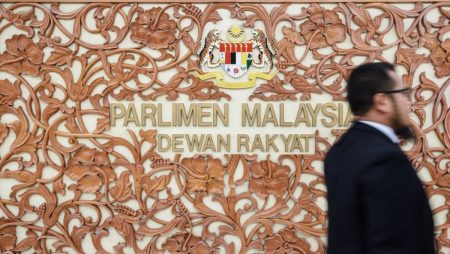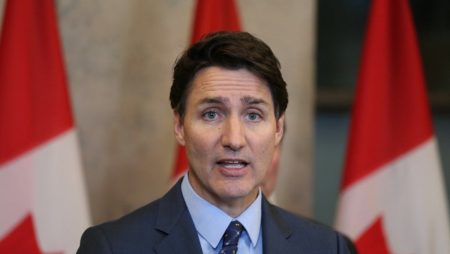The clash of ideologies in South India is evident in the ongoing battle between regional Dravidian parties and the BJP’s Hindu nationalism. The Dravidian parties have historically focused on protecting the culture, languages, and interests of South India, while accusing the Congress and BJP of trying to impose Hindi on the region. In contrast, the BJP, led by Prime Minister Narendra Modi, advocates for one common language, with Hindi as the preferred choice for national recognition.
In Tamil Nadu, where the BJP has struggled to make significant inroads, the party’s candidate, Mr Annamalai, defends Modi as an inclusive leader and dismisses the idea of one common language for the nation. He believes that the upcoming election will bridge the perceived north-south divide and emphasize Modi’s pan-India leadership. This clash of ideologies is mirrored in the neighboring state of Kerala, where Congress leader Rahul Gandhi and his party are critical of the BJP’s attempts to impose a singular history, nation, and language on India.
Congress leader Dr. Shashi Tharoor in Trivandrum, Kerala, believes that the BJP’s ideology of Hindi, Hindutva, Hindustan undermines the country’s diverse unity and fosters intolerance. Despite his track record of winning three terms, Tharoor is facing a strong challenge from BJP candidate Rajeev Chandrasekhar, indicating the party’s determined efforts to make inroads in the South. Chandrasekhar highlights Modi’s role in driving economic development and progress for all Indians, countering the perception of neglect among South Indian voters towards the BJP.
The battle for Kerala seats is a microcosm of the larger clash of ideologies between the BJP’s Hindu nationalism and the regional parties’ focus on protecting the cultural identity of South India. While the BJP advocates for one common language for national recognition, regional parties and Congress leaders in South India resist this imposition and emphasize the importance of diversity and inclusivity. The presence of strong candidates from both sides in key constituencies reflects the intensity of the ideological struggle in the region and the party’s efforts to sway voters in their favor. As the election unfolds, it will be interesting to see how these contrasting ideologies play out in shaping the political landscape of South India.













